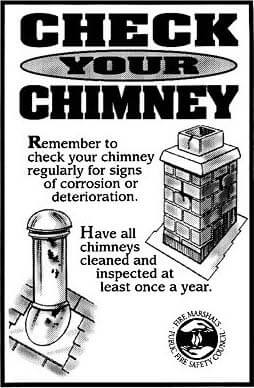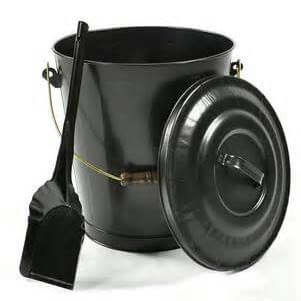Download the document below to create your own custom escape plan for your family then watch the videos for information on how to develop your plan.
1. Plan Your Escape: Single-Story Home
2022 FSRI: Plan Your Escape: Single-Story Home from Fire Safety Research Institute on Vimeo.
2. What’s So Dangerous About Smoke?
2022 FSRI: What’s So Dangerous About Smoke? from Fire Safety Research Institute on Vimeo.
3. Fire Moves Fast, Plan Ahead and Save Lives
2022 FSRI: Fire Moves Fast. Plan Ahead to Save Lives. from Fire Safety Research Institute on Vimeo.

Check your chimney! Now is the time of year to check your fireplace chimney, before you have that first fire in the evening!
Every year fire departments respond to chimney fires in our communities. Homeowners should check their chimney for any signs of corrosion or deterioration. Chimneys should be cleaned and inspected at least once each year. Clean chimneys don’t catch fire!
Signs you have already had a chimney fire include:

The Upper Pine River Fire Department wants to remind everyone to use a metal can with a tight fitting lid for fireplace ashes.
Every year the department responds to fires started by improperly discarded fireplace ashes.
Tips for safely discarding your fireplace ashes:
SMOKE ALARMS ARE A KEY PART of a home fire escape plan. Where there is a fire, smoke spreads fast. Working smoke alarms give you early warning so you can get outside quickly.
Safety Tips:
Facts:
Research around home destruction vs. home survival in wildfires point to embers and small flames as the main way that the majority of homes ignite in wildfires. Embers are burning pieces of airborne wood and/or vegetation that can be carried more than a mile through the wind can cause spot fires and ignite homes, debris and other objects.
Every year, devastating wildfires burn across the United States. At the same time, a growing number of people are living where wildfires are a real risk.
While these fires will continue to happen, there are things you can do to protect your home and neighborhood as well as your family’s safety. The Firewise USA® program is here to help you get started.